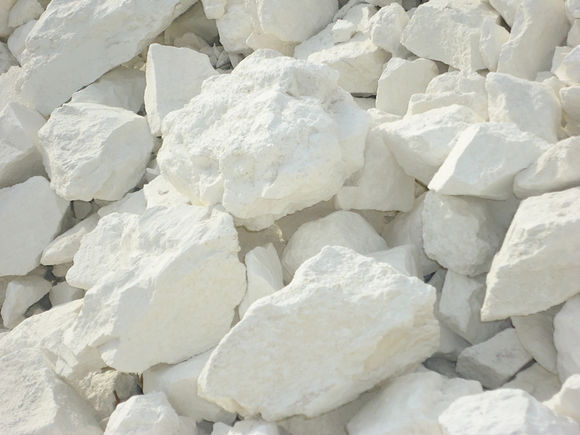
Utilization of Pulverised Fly Ash in China for Sustainable Construction Practices
The Role of Pulverised Fly Ash in China's Construction Industry
Pulverised fly ash (PFA) is a byproduct of coal combustion in power plants and has gained significant attention in the construction industry for its potential to enhance the performance and sustainability of concrete. In China, where rapid urbanization and infrastructural development are paramount, the use of PFA is becoming an integral part of modern construction practices. This article examines the properties of pulverised fly ash, its applications, and the impact of its use on environmental sustainability and construction efficiency within China.
Properties of Pulverised Fly Ash
Pulverised fly ash is a fine powder that comprises siliceous and aluminous materials. It exhibits pozzolanic properties, which means it can react with calcium hydroxide at ordinary temperatures in the presence of moisture to form compounds possessing cementitious properties. There are various classes of PFA, such as Class F and Class C, each with distinct characteristics and performance advantages. Class F fly ash is produced from burning anthracite or bituminous coal and is primarily used in high-strength concrete applications, while Class C contains cementing properties and can be used in a wider range of cement applications.
When incorporated into concrete, PFA offers several key benefits. It improves workability, reduces permeability, enhances durability, and contributes to reduced heat generation during hydration. Moreover, the use of PFA can help achieve cost savings in concrete production, as it can partially replace Portland cement, leading to lower material costs while maintaining the desired mechanical properties.
Applications in the Construction Industry
In recent years, China's construction industry has increasingly adopted PFA in various applications. One notable area is infrastructure development; PFA is often used in the production of high-performance concrete for bridges, roads, and buildings. With the rise in urban development projects, the need for durable and sustainable construction materials has prompted engineers to seek alternative materials, leading to the integration of PFA in their designs.
Moreover, the demand for eco-friendly construction solutions has fueled the popularity of PFA. As the Chinese government emphasizes sustainable development, utilizing industrial byproducts like pulverised fly ash aligns with these objectives. The incorporation of PFA not only reduces the carbon footprint of concrete but also contributes to waste reduction by recycling materials that would otherwise be disposed of in landfills.
china pulverised fly ash

Environmental Considerations
The use of pulverised fly ash is particularly relevant in addressing environmental issues linked to concrete production. Traditional Portland cement manufacturing is energy-intensive and generates substantial carbon dioxide emissions. By substituting a significant portion of cement with PFA, the overall greenhouse gas emissions associated with concrete production can be markedly reduced. Studies indicate that incorporating PFA can reduce carbon emissions by up to 30%, making it an environmentally friendly alternative.
Furthermore, the circular economy approach embraced by China aligns with the utilization of PFA. The recycling of industrial waste into valuable construction materials not only conserves natural resources but also promotes waste minimization. The Chinese government has implemented policies to encourage the use of PFA and similar materials in construction, further enhancing its credibility as a sustainable solution.
Challenges and Future Prospects
Despite the benefits, the adoption of PFA in China's construction industry faces challenges. The inconsistency in the quality of PFA from different sources can affect its performance in concrete, necessitating stringent quality control measures. Additionally, the lack of awareness and training among construction professionals can impede the effective use of PFA.
Nevertheless, the future of pulverised fly ash in China's construction sector appears promising. As technology advances, methods for improving the processing and quality control of PFA are emerging. Increasing research into the optimal mix designs incorporating PFA, coupled with the growing emphasis on sustainable building practices, is likely to drive its usage further.
In conclusion, pulverised fly ash presents a compelling case for its inclusion in China’s construction industry, both for enhancing concrete performance and for fostering sustainable development. By continuing to innovate and embrace eco-friendly materials, China can lead by example in building a more sustainable future.
Share
-
Premium Resin Coated Sand - High Heat Resistance CastingNewsJul.31,2025
-
High Quality Silicon Carbide Grit for Abrasive ApplicationsNewsJul.30,2025
-
High-Quality Ceramsite for Plants & Gardening | Lightweight PebblesNewsJul.29,2025
-
Premium Burgundy Glass Marbles for Vases & Shooter GamesNewsJul.29,2025
-
High Purity Quartz Sand for Industrial and Ground ApplicationsNewsJul.29,2025
-
High-Quality Barite Powder for Drilling & Industrial UseNewsJul.29,2025






